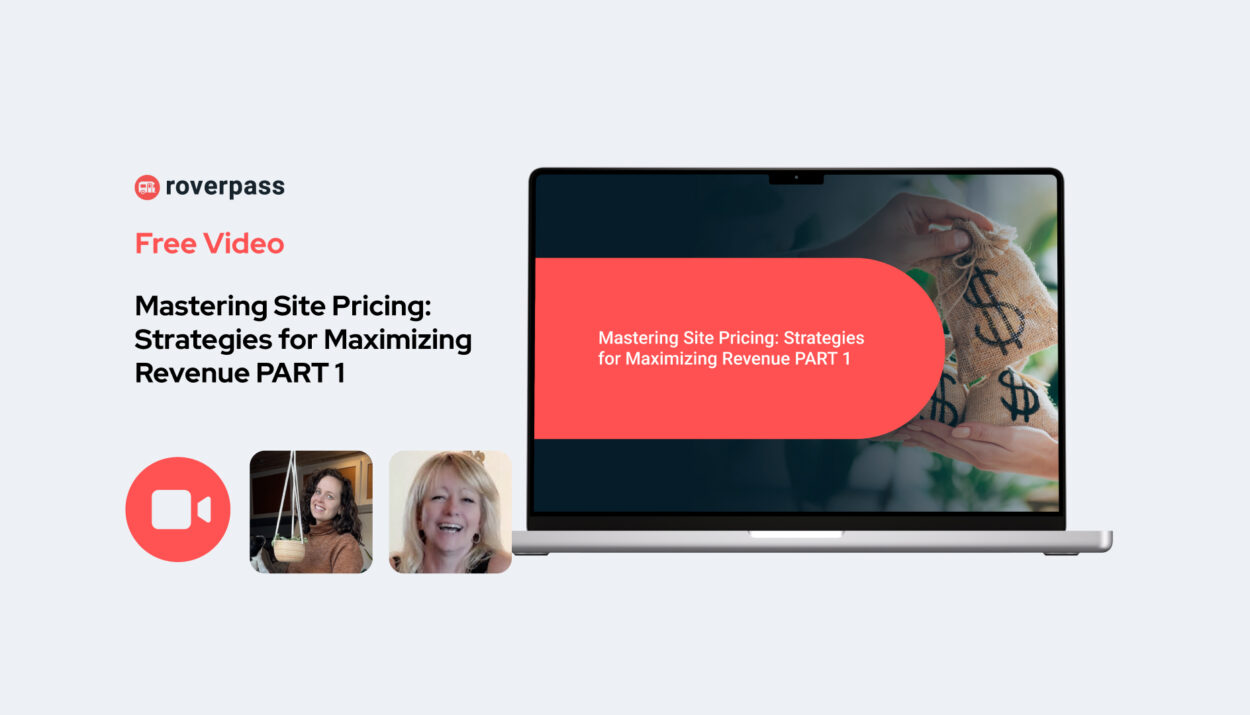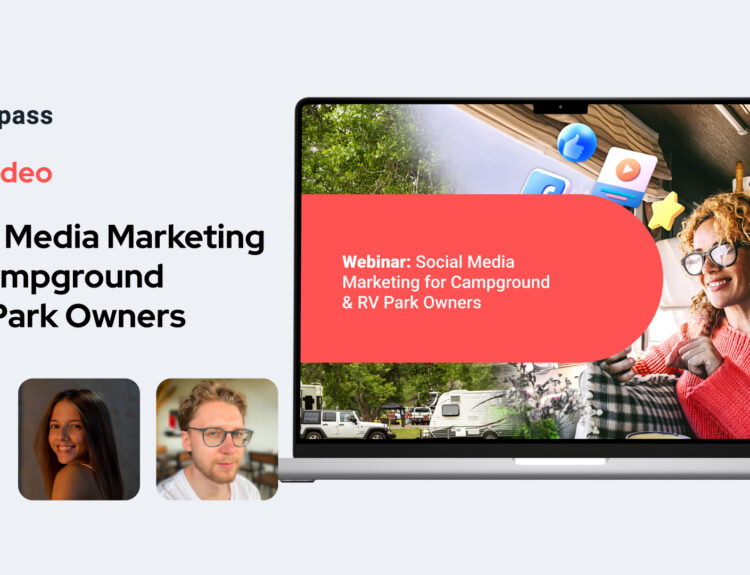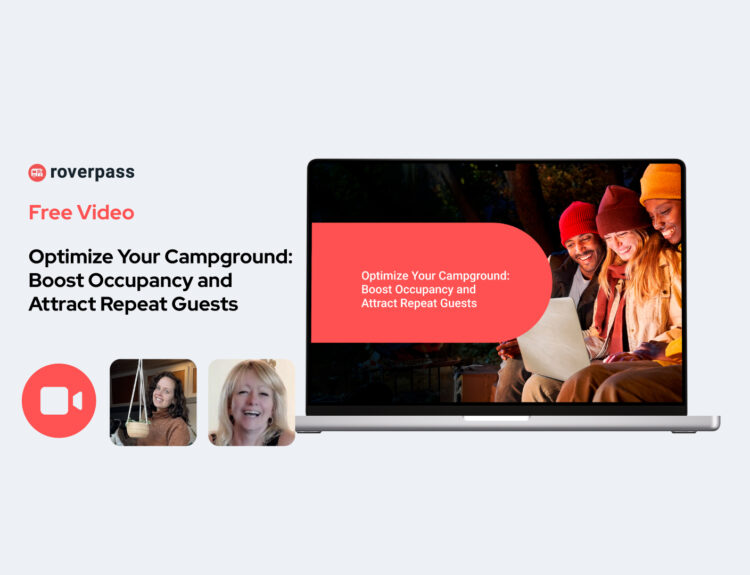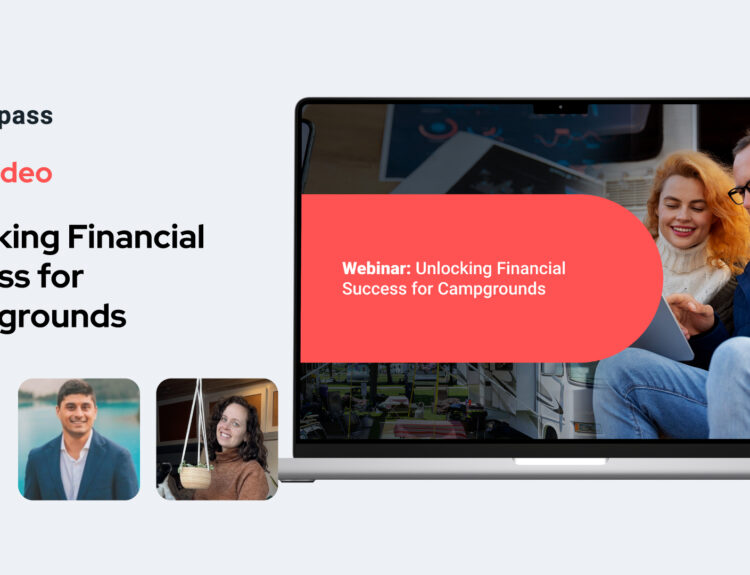Welcome to our first installment in a two-part series on mastering site pricing to maximize your campground’s revenue. Whether you’re new to the outdoor hospitality industry or a seasoned professional, effective pricing strategies are crucial for attracting campers, staying competitive, and ultimately increasing your bottom line.
In this post, we’ll cover the basics of understanding market dynamics, utilizing adaptive pricing models, and the importance of effective site pricing. Let’s dive in!
Understanding Market Dynamics: The Foundation of Pricing
At the heart of pricing lies the concept of supply and demand. Understanding how these forces impact your campground is essential for crafting effective pricing strategies.
- Supply: Refers to the number of available campsites, types of campgrounds (primitive, RV parks, etc.), and amenities offered.
- Demand: Encompasses the number of campers looking for campsites, their preferences, and seasonal fluctuations.
To stay ahead, it’s vital to keep updated on market trends and adjust your pricing accordingly. When demand is high, you can raise prices or invest in amenities to attract premium campers. Conversely, during periods of oversupply, offering discounts or unique experiences can help you stand out.
Pro Tip: Regularly update your knowledge of market trends to ensure your pricing strategies remain relevant and effective.
Tools for Gathering Market Data
To make informed pricing decisions, you need reliable data. Here are some tools that can help:
- Local Tourism Boards: These provide valuable data on visitor statistics and popular attractions in your area.
- Industry Reports: Comprehensive analyses of the campground and outdoor hospitality industry.
- Online Platforms: Tools like Google Trends, social media analytics, and review sites offer insights into market dynamics.
- Competitive Analysis Tools: For example, AirDNA’s Market Minder is a valuable resource for revenue calculations and market research.
Key Factors Influencing Site Pricing
While there are many factors to consider, here are five key elements that can influence your campground’s pricing:
- Location: Consider natural attractions, proximity to major roads, and accessibility.
- Amenities: Basic amenities (water, electricity) are essential, while enhanced amenities (Wi-Fi, pools) can justify higher rates.
- Demand: Adjust your rates based on high and low seasons, and take advantage of local events to boost occupancy.
- Customer Demographics: Cater to specific groups like families or adults-only campers to tailor your pricing strategies.
- Competitive Landscape: Analyze nearby campgrounds to understand what they offer and how they price their sites.
Pro Tip: Showcase your unique selling points on your website and booking platforms to attract more campers.
Conducting Competitive Analysis
Understanding what your competitors are doing is crucial for setting the right prices. Here’s how to get started:
- Identify Nearby Campgrounds: Use tools like Google Maps and campground directories to create a list of competitors.
- Analyze Their Offerings: Look at their websites, online reviews, and social media presence to gather information.
- Compare Pricing Strategies: Monitor their seasonal and promotional pricing to understand their structure.
Pro Tip: Visit competitor campgrounds if possible. Experience their offerings firsthand to see what you can improve upon or replicate.
Adaptive Pricing Models: Flexibility is Key
Adaptive pricing, also known as dynamic pricing, involves adjusting your rates in real-time based on various factors like demand and competition. This approach allows you to maximize revenue, improve occupancy rates, and stay competitive.
Statistics:
- 63% of hoteliers use dynamic pricing to adjust rates.
- 41% of campers are interested in off-season camping if discounts are available.
- 10-15% increase in revenue is reported by campgrounds using dynamic pricing.
Pro Tip: Consider using reservation management software like RoverPass to automate and streamline your adaptive pricing strategy.
Getting Started with Adaptive Pricing
Implementing adaptive pricing requires a strategic approach:
- Gather Data: Start with a comprehensive competitive analysis.
- Choose a Pricing Model: Decide whether to base your pricing on seasonality, occupancy rates, or special events.
- Set Rules and Parameters: Establish guidelines for adjusting your rates.
- Monitor and Adjust: Continuously track your pricing strategy’s performance and make adjustments as needed.
Pro Tip: Use tools like RoverPass to simplify and automate your adaptive pricing.
Conclusion
Mastering site pricing is an ongoing process that requires a deep understanding of market dynamics, competitive analysis, and the implementation of adaptive pricing models. By following the strategies outlined in this post, you’ll be well on your way to maximizing your campground’s revenue.
Stay tuned for Part 2, where we’ll dive deeper into specific examples and advanced pricing strategies!
Call to Action:
Ready to take your pricing strategy to the next level? Start gathering data on your market today and stay tuned for our next post where we’ll explore more advanced techniques.
Promo:
Looking to optimize your online presence? Purchase our Campground Reservation Software (CRS) and get 50% off on a premium website! Contact us today to learn more.
We hope you found this post helpful! If you have any questions or would like to learn more about RoverPass, feel free to reach out to us. And don’t forget to join our upcoming webinar for even more insights on campground management and pricing strategies. Happy camping!






